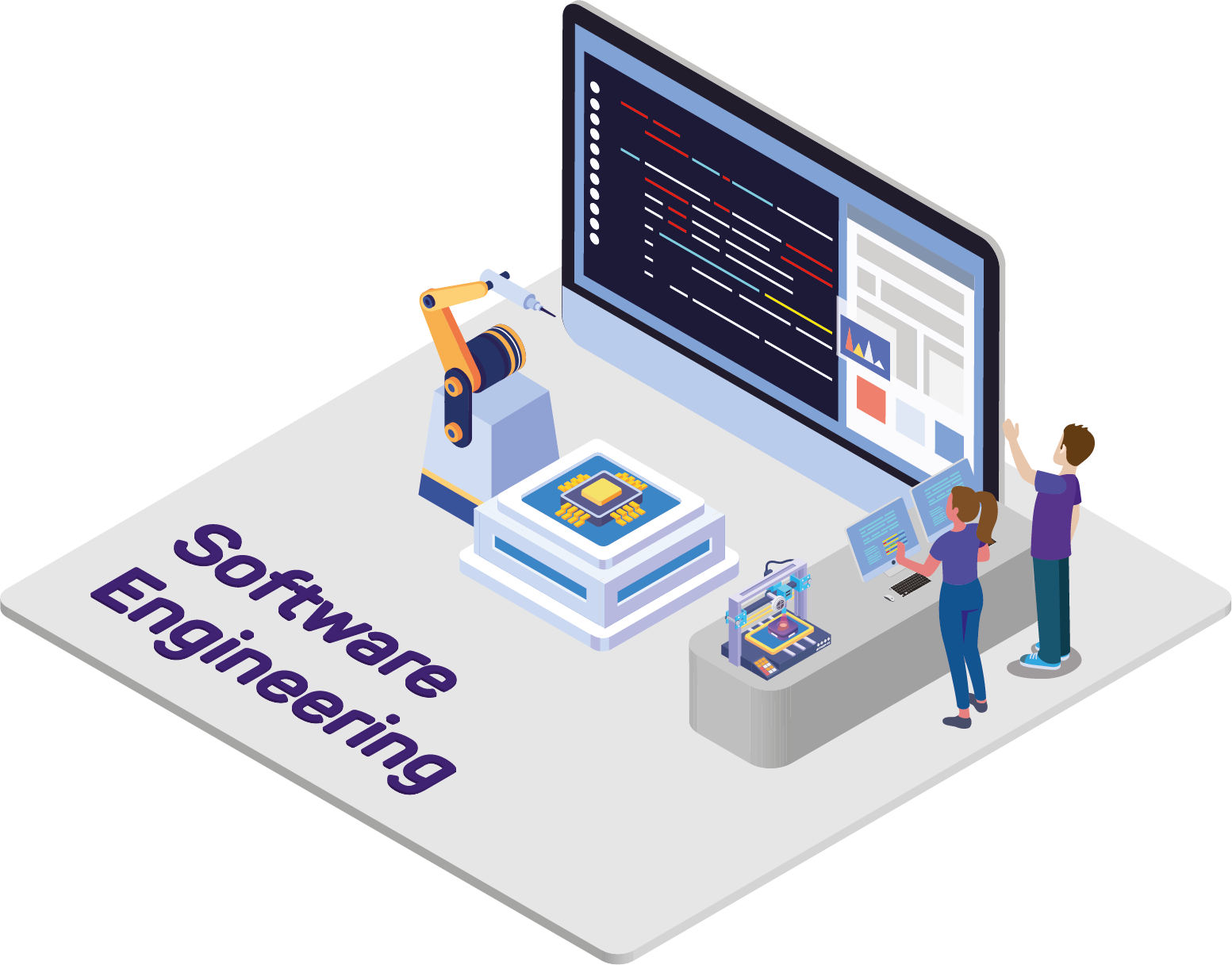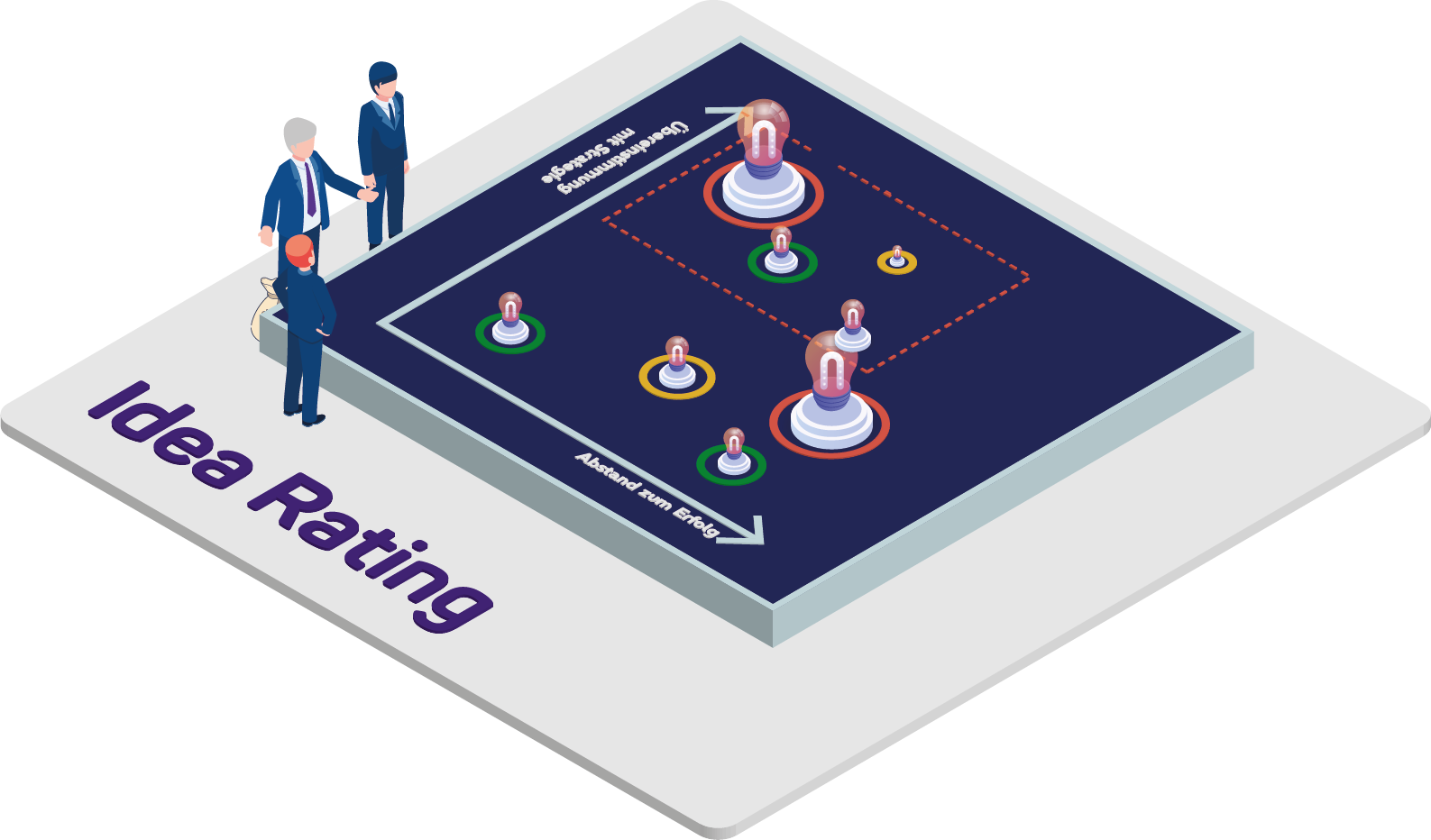Innovation System Builder
For those of you who face the exciting challenge to develop an innovation (management) system within the organisation, we will show you how we tackle this task and the tool we use, the Innovation System Builder.

Kai Dierkesmann
Business Design Coach
1. Overview
An innovation system describes the most relevant actors and connections needed to turn ideas into value for both customers snd the own organisation. The innovation system describes how stakeholders work together in innovation initiatives. We therefore have to combine people, processes, responsibilities and deliverables to a larger picture. How cool would it be if we could use drag-and-drop components to draft this picture?
Well, here it is, our Innovation System Builder. This kit will enable you to draft innovation management systems within your organisation.
2. Layout
This kit combines the most important elements of an innovation system into one overview:
Participants - who is involved and what roles do they play?
Process - what are the steps to get from a Picture of the Future to ideas and ultimately to the market
Governance - how is accountability and responsibility distributed, how is money allocated and how are decisions made?
In order to quickly draft processes, relations and roles of different business units actively involved in innovation, we use the following icons.
Participants










Process Elements









Play Field (here you place the icons)

At a more refined stage, the overview may also include performance indicators of the system as well as cultural aspects and working mode.
3. How to work with it
Building an innovation system within an organisation is an iterative task. Usually you will create concepts, implement, learn and adjust the concepts repeatedly. Visualising innovations systems is crucial to improve quality and speed of the design process. Our System Builder will help you to immediately start building your innovation system and to structure your thoughts.
The End-2-End Innovation Process is always the core of the system and we usually define the crucial elements along the process. This quickly becomes an overwhelming task and we therefore slice overview into three levels: End-2-End Innovation Process, Active Participants and Gates & Deliverables. It makes sense to first sketch the stages of the innovation process (what needs to be done), then place the active participants and finally describe the deliverables per stage.
A further degree of detail is to describe the roles of the stakeholders / active participants with few sentences.
4. Usage Scenarios
This kit will help you to
document your own thoughts and ideas about an innovation system
communicate your thoughts to others
jointly build aspects of the innovation system with others
Ideally, you use any kind of digital whiteboard to place the individual components to draw connections and to include brief descriptions.
5. Instructions for Coaches
Don't wait until you have the feeling that you "know it all" before you start using the kit. You will barely come top this point. Use this kit to start right away. Place icons, move them around, connect them, write annotations, replace components. Just by using this kit, you will automatically raise new questions, which is exactly what is needed when developing innovation systems. There's no right and wrong in the first place - except to not start.
In most cases, it will be too abstract for many contributors to start with a blank page and to let them place icons and connections. It makes sense to first show an already advanced example of an innovation system with some fundamental aspects (icons) and their relations to each other placed on the playfield. This will make it easier for participants to join the discussion.
